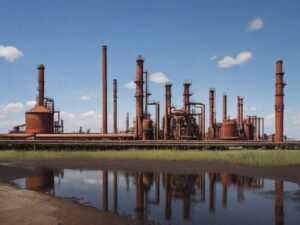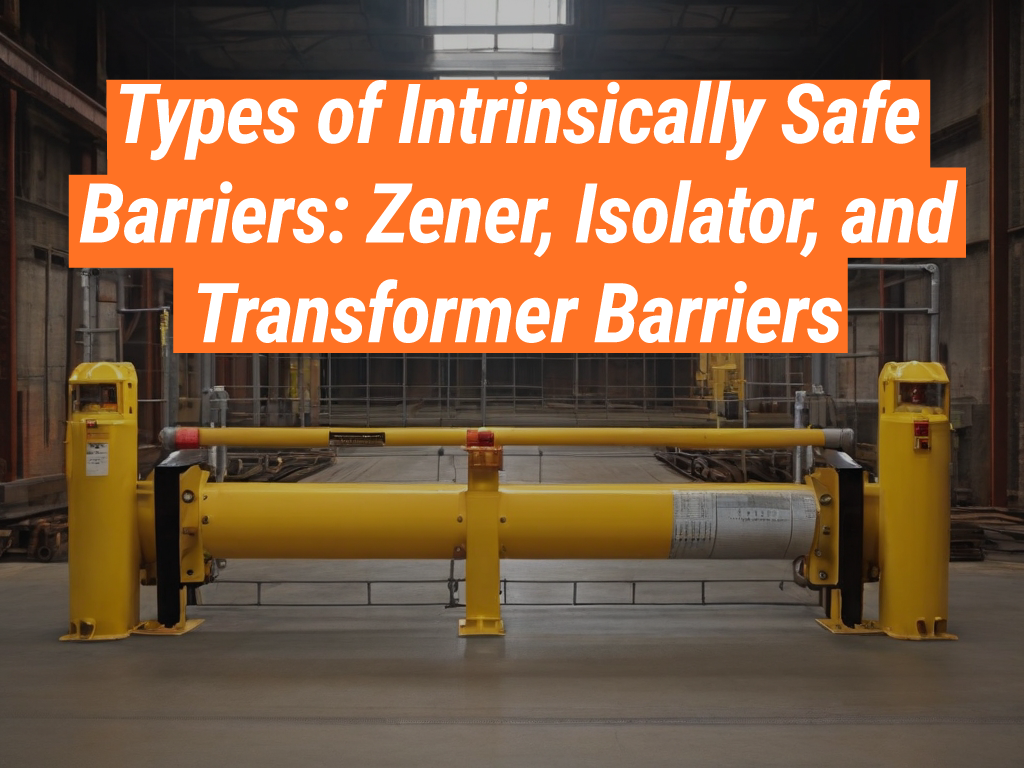Welcome to the Intrinsically Safe Store, your one-stop-shop for all your safety equipment needs. We are dedicated to providing you with the most reliable and up-to-date information on safety barriers. In this article, we will delve into the world of intrinsically safe barriers, focusing on Zener, Isolator, and Transformer barriers. We invite you to explore our website and contact us for any inquiries.
What are Intrinsically Safe Barriers?
Intrinsically safe barriers are essential components in hazardous environments. They limit the energy (voltage and current) that is available to the equipment in the hazardous area, preventing ignition of flammable gases or dust. There are three main types of intrinsically safe barriers: Zener barriers, Isolator barriers, and Transformer barriers.
Zener Barriers
Zener barriers are the most common type of intrinsically safe barrier. They work by limiting the voltage to a safe level using Zener diodes, and limit the current using resistors. In the event of an electrical fault, the Zener diodes divert the excess voltage to earth, preventing a hazardous situation.
Case Study: Zener Barriers in Oil and Gas Industry
In the oil and gas industry, Zener barriers are often used in conjunction with intrinsically safe sensors to monitor parameters such as pressure and temperature. A study by the National Institute for Occupational Safety and Health (NIOSH) found that the use of Zener barriers significantly reduced the risk of ignition in hazardous areas.
Isolator Barriers
Isolator barriers work by electrically isolating the safe area from the hazardous area. They use technology such as optocouplers or transformers to transmit signals and power without a direct electrical connection. This prevents any potentially dangerous energy from reaching the hazardous area.
Example: Isolator Barriers in Chemical Plants
 In chemical plants, isolator barriers are often used to protect control systems from potentially harmful electrical faults. For instance, a report by the Chemical Safety Board (CSB) highlighted the use of isolator barriers in preventing a major incident at a chemical plant in Texas.
In chemical plants, isolator barriers are often used to protect control systems from potentially harmful electrical faults. For instance, a report by the Chemical Safety Board (CSB) highlighted the use of isolator barriers in preventing a major incident at a chemical plant in Texas.
Transformer Barriers
Transformer barriers use transformers to isolate the safe and hazardous areas, similar to isolator barriers. However, they also use the transformer to step down the voltage to a safe level. Applications requiring a lower voltage in the hazardous area particularly find them useful.
Statistics: Transformer Barriers in Manufacturing
A survey by the Manufacturing Safety Alliance reveals that manufacturers widely use transformer barriers, particularly in areas where high-voltage equipment is in use.
Understanding Intrinsically Safe Barriers: Key Components for Hazardous Environment Safety
Intrinsically safe barriers, including Zener, Isolator, and Transformer barriers, play a crucial role in maintaining safety in hazardous environments. By understanding their functions and applications, businesses can make informed decisions about the best safety solutions for their needs. At the Intrinsically Safe Store, we are committed to providing you with the highest quality safety equipment and information. Contact us today for more information or to discuss your safety needs.


























